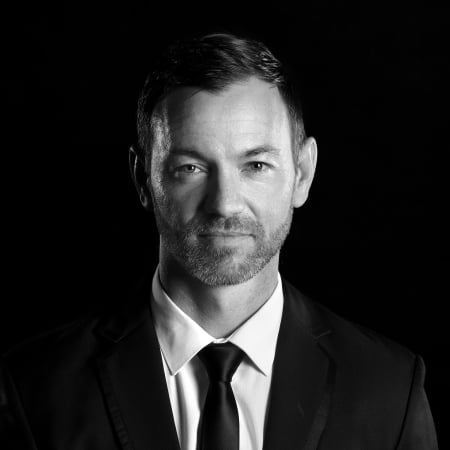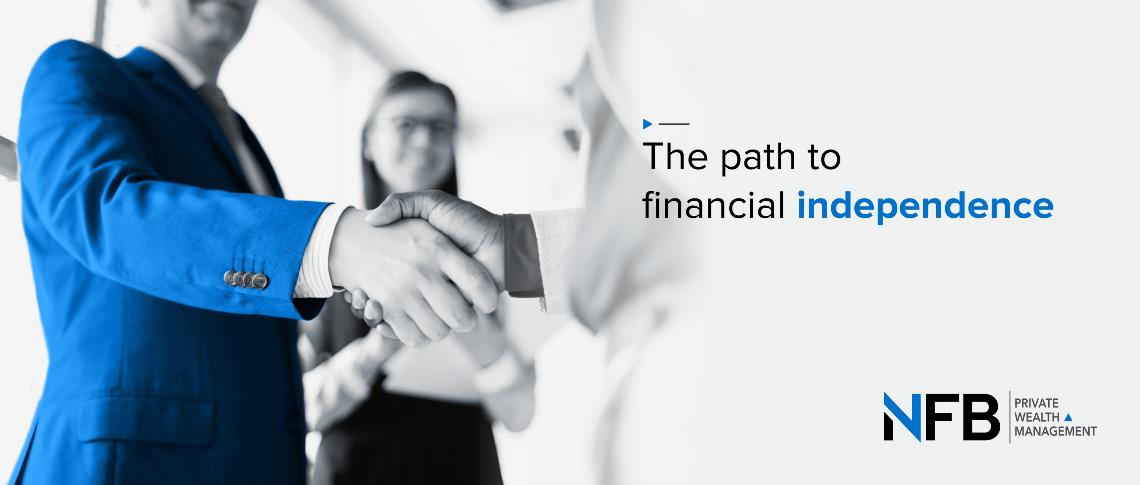The path to financial independence
Striving for financial independence involves more than just wishful thinking; it requires actionable steps.


After much deliberation on how I should start this campaign, I have decided to go back to the basics and start from the beginning. I want to teach people and share insight and knowledge about how we can ultimately gain control of our most precious possession: TIME. The only way we can gain full control of our time is to be financially free. Now, as impossible as that may seem, there are strategies and actions we can take daily that will give us the best possible chance of financial freedom, and this process is going to be the foundation of our conversation.
If you are someone who thinks I am going to tell you there is a quick and easy way of doing this, I am afraid you are going to be very disappointed. Like anything good in life, this will take immense discipline, dedication, and sacrifice, but the reward for your efforts will be like nothing you have ever experienced.
The process to becoming financially free
Step 1: Basic Emergency fund
- This step requires that we save R5,000 to R10,000 as a basic emergency fund.
- This is to be placed in a savings account while you complete step 2.
- The idea behind this basic emergency fund is not to build wealth, but to start the following disciplines:
- Create a budget.
- Spend less than you earn.
- Have a savings goal each month.
- Protect yourself against an emergency.
Step 2: Paying off all your debt (Except your house)
Our most powerful wealth-building tool is our income. So, it is very difficult to build wealth when you are giving your income to people or institutions that you owe money to. That is why step 2 is such an important part of our financially independent strategy.
Now, let’s take a slightly deeper dive into how we go about paying off your debt. The obvious way would be to list all your debt from the highest interest debt to the lowest and start putting anything that we can towards paying that debt off. But research has shown that it is more effective to pay off the smallest debt first as these small victories inspire us to stay the course. You might be slightly out of pocket in the short term, but you will be much better off long term.
The idea here is to use a debt reduction strategy called the debt snowball. You list all your debt from smallest to largest, and you focus all your time and energy into paying off the smallest debt first. Once you are finished with that one, you cross it off the list and start with the next one. This part of the strategy takes the most effort and sacrifice. Nothing but the basics must be bought. No going out for dinners, no holidays, no anything until all these debts have been paid off.
Step 3: Fully funded emergency fund
Once all your debt has been paid off, one should have more disposable income to start investing.
Step 3 requires us to establish a fully funded emergency fund. Unlike the emergency fund established in step 1, this emergency fund needs to cover 3-6 months’ worth of living expenses (this all depends on how secure your job or income is as well as family dynamic). Every additional cent needs to be directed here to get this fund filled up as soon as possible.
These funds will be kept in one of 2 places:
- Money market fund
This will ensure that your money grows at inflation or slightly more, eliminating inflation risk. Please note, this is not where you will build wealth. This forms part of a greater strategy that will allow you to handle any unplanned events without getting yourself into high-interest debt. - Access bond
The alternative, if you have an access bond on your house, is that you make additional payments into this access bond. This will save you on interest but will also allow you to access some cash in the event of an emergency.
Step 4: Start investing for retirement
Once you are debt-free and have a fully funded emergency fund, the next step is to start investing for retirement. This is where things get slightly more exciting.
The rule of thumb here is to invest between 15% and 25% of your gross income towards retirement.
The structure of this is as follows:
- 60% into an Retirement Annuity (RA) (Regulation 28).
- 40% into a Tax Free Savings Account (TFSA) (Limited to maximum R3,000 per month) (No limit to underlying funds).
- The reason for this combination is the tax efficiency at retirement.
- Balanced portfolio of unit trust funds (Mutual funds).
- 27.5% of your remuneration or taxable income can be claimed back as RA contributions.
- Within both structures, there are tax exemptions on interest, dividends, Capital gains tax (CGT).
- Once the TFSA contribution limit has been reached, you can either fund more into your RA or start a unit trust or endowment investment.
- For example, R10,000 per month disposable income to invest: R7,000 RA and R3,000 TFSA
Step 5: Children’s education
The rule of thumb here is to invest 5% of your gross income towards children’s education. A good education is the best chance your children have of success in life. It is a guaranteed payout, so we must plan for it. The vehicle to use here would be a unit trust or endowment structure.
Step 6: Pay off your bond quicker
When buying a house, we recommend spending no more than 30% of your monthly income on housing expenses. This includes the mortgage bond, rates, utilities, and insurance. Once all the other bases have been covered, we make additional payments into our bond and try and settle that quicker than your original period. The amount of interest you save by making additional payments will shock you.
For example: R2 million house at an interest rate of 11.45% will cost you the following per month over a 20-year period, which is average in SA.
- Cost per month: R21,463
- Interest over 20 years: R3,1 million
If you paid an additional R2,000 per month over the full period, the bond would be paid off in 15 years with a total interest of only R2,2 million. (Saving of R900,000).
Step 7: Alternative investments
Now that you are debt-free, have an emergency fund, have covered your retirement and children’s education, the last step allows you to invest in other, more risky investments. These would include the following:
- Share portfolios
- Direct property
- Derivatives
- Hedge funds
- Private Equity
- Structured products













